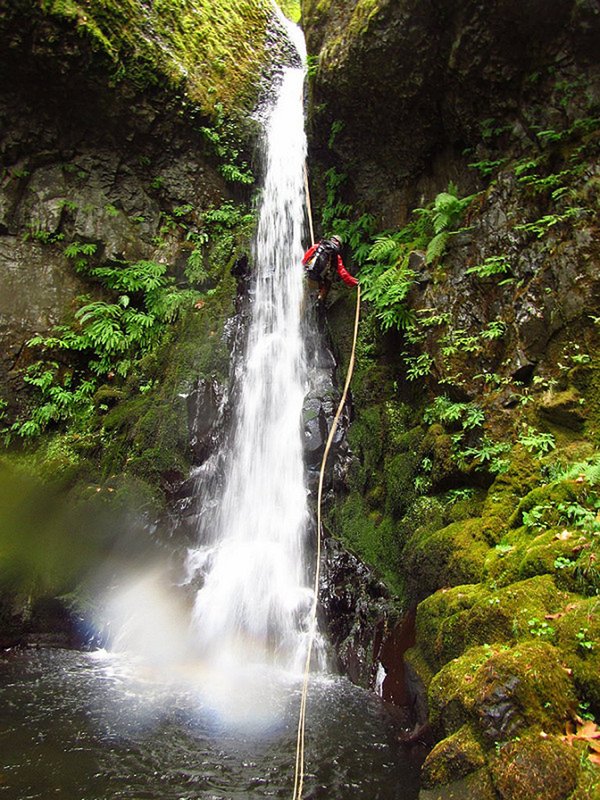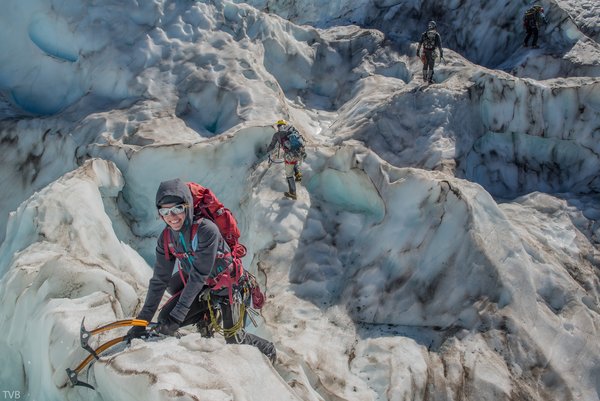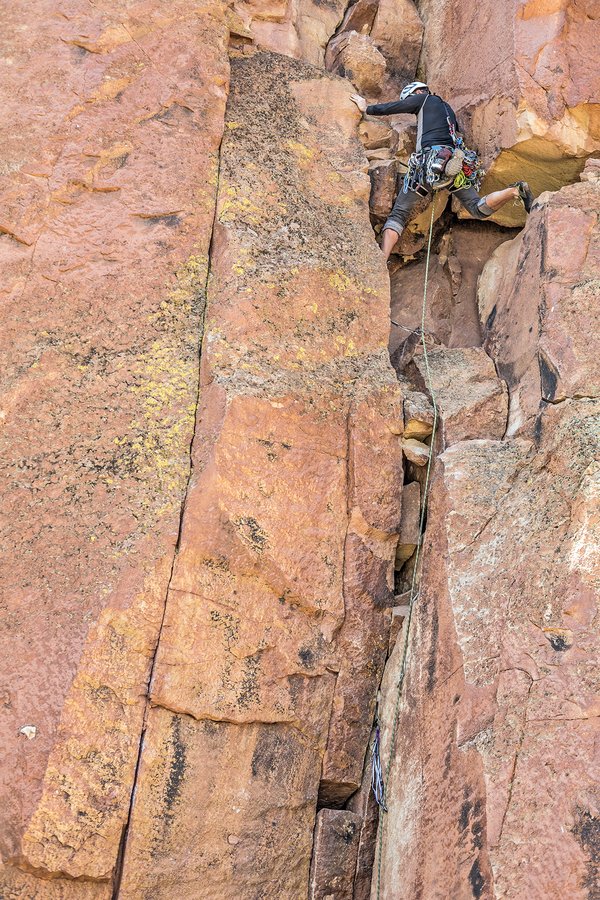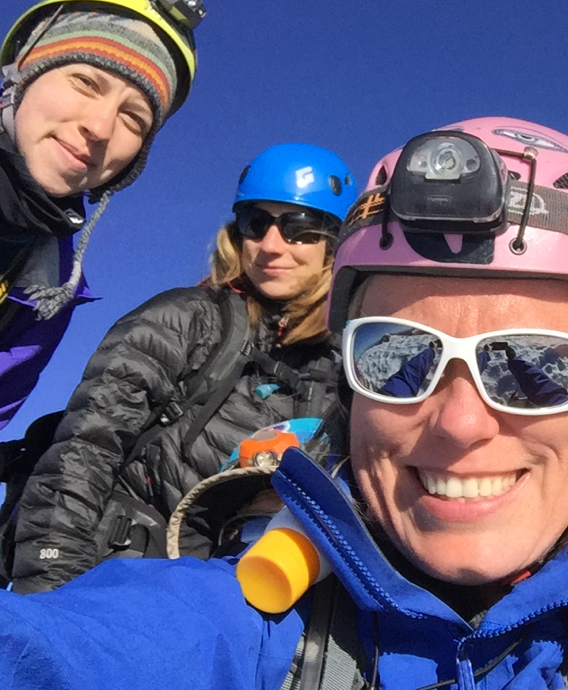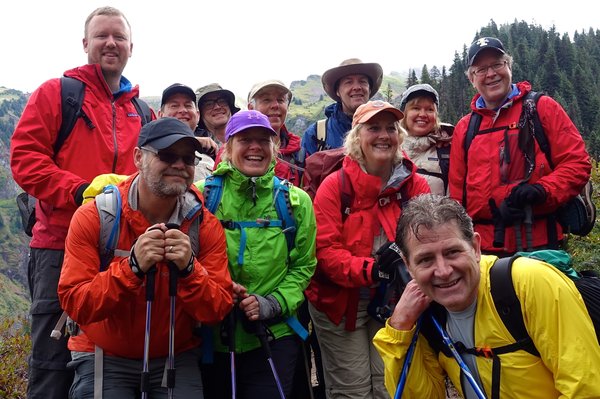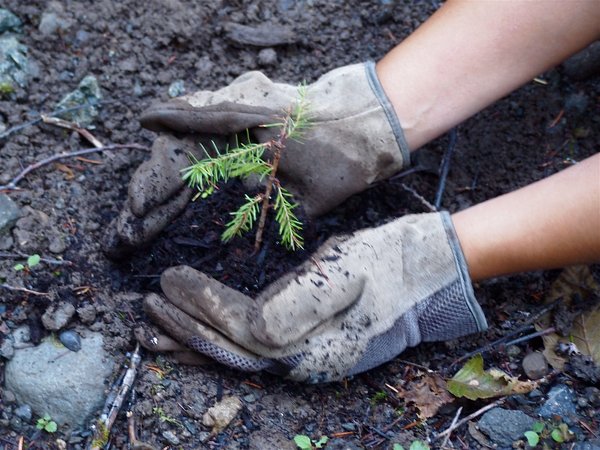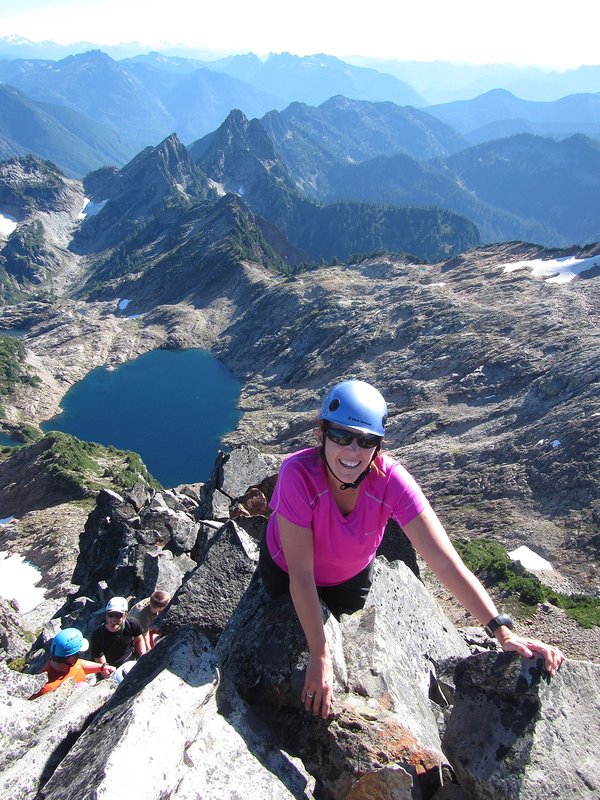Activity Notes
APPROACH
Hike from the Hoh Ranger Station (578 ft) 17.2 mi to Glacier Meadows (4,200 ft). Reach Happy Four Camp (800 ft) in 5.7 miles, the Olympus Guard Station (948 ft) after 9 miles. The trail leaves the Hoh Valley after crossing the Hoh River Bridge (1,400 ft) at 13.2 miles. Reach Elk Lake (2,500 ft) in 15 miles. From here the grade increases to Glacier Meadows. Camp only in established sites.
ASCENT ROUTE
44 MILES ROUND TRIP WITH 7,400 FEET OF ELEVATION GAIN; DIFFICULTY BASIC GLACIER CLIMB
From Glacier Meadows, hike way trail 0.8 mi to the top of the Blue Glacier moraine. Turn left and follow way trail along the top of the moraine for 0.2 mi or so before descending onto the Blue Glacier. We will cross the flat glacier and ascend snow slopes, through and around rock islands, to the crest of the Snow Dome (6,600 ft), keeping left of the biggest rock buttress. Proceed south-southeast through one of two passes left, or far left, of the five-fingered false summit, which is east of the summit, and approach the unseen summit from the east or southeast side. Drop into the sharp saddle between the false summit and the now-visible summit.
ITINERARY
6/28 - Long will drive up to the area at Quinault WIC to pick up permits first thing 6/29.
6/29 - Meet at Hoh Rain Forest Visitor Center (approximately 5 hours drive from Portland, with consideration for no traffic) at 9 am. Ready to move at about 9.30 am. Destination : Elk Lake Camp (Group site at 2,600 ft with an outhouse). Distance from TH to camp : ~ 15.5 miles
6/30 - Hike to Glacier Meadows Camp (Group site 4,300 ft with bear wire and an outhouse) via a hazardous slide area. Hike to end of Blue Glacier to lateral morraine for scouting. Distance from Elk Lake Camp to Glacier Meadows Camp : ~ 2.3 miles
7/1 - Alpine start. Rope up on Blue Glacier in the Southwest Direction toward Snow Dome. Different variations to the summit. Summit attempt. Descent via the same route. Overnight at Glacier Meadows Camp for celebratory event.
7/2 : Pack-up and hike back to TH for ~ 18 miles. Back to Portland.
SUMMIT BLOCK
Climb a steep snow slope (good runout!) to its flat top, at the base of the 80 ft summit rock on its northeast side. There are three ways to finish the climb.
Option A - Class 4 route with a Class 5 step that winds across the east face up series of ramps and then up to the summit. We should be mindful of loose rock on ramps and rockfall from above. A very exposed corner should probably be protected with a fixed rope or belays.
Option B - Descend a few feet west onto the little rocky ridge on the west edge of the summit block. Scramble up 50 ft (easy Class 3) to a large, secure belay ledge. Climb directly up mostly solid rock for 50 ft to the summit. Several moves are Class 5.3-5.4, use 3-4 small-medium cams for protection.
Option C - Climb ~80 ft directly up the north face, on mostly solid rock (estimated as Class 5.4).

